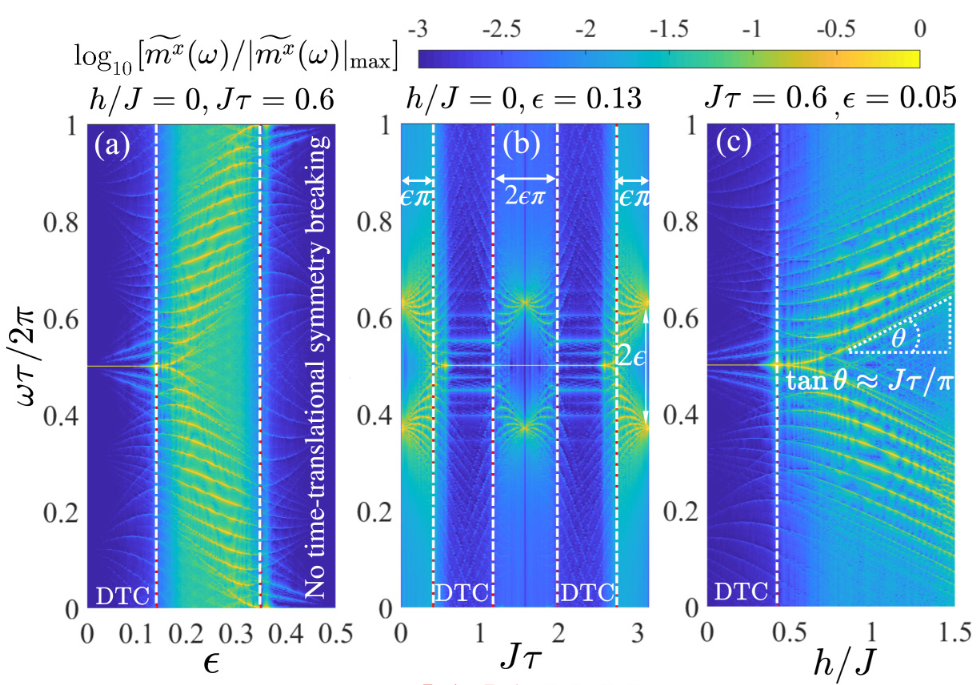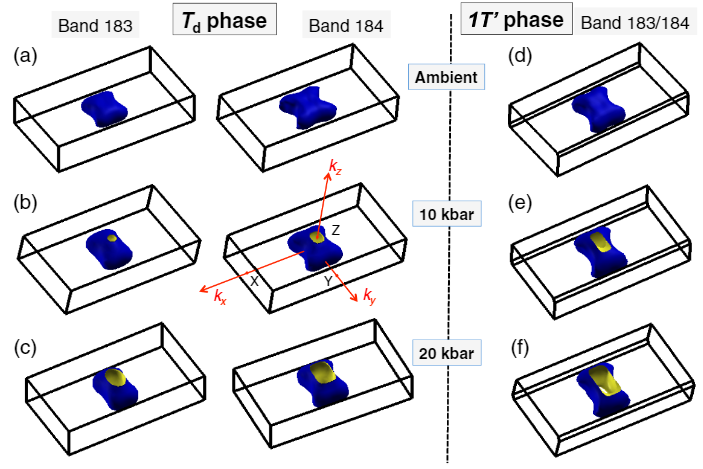Recent Projects
Dynamical Quantum Phase Transitions

Dynamical quantum phase transitions (DQPTs) refers to the criticality in time of a quantum many-body system and is defined by the non-analyticities in the Loschmidt rate. In recent work, we investigated the interrelation of various correlation measures and the DQPT in a quenched topological model with interactions. We find that the equilibrium order parameters of the model exhibit non-trivial signatures around the DQPT and the spread or suppression of two-point correlations as induced by interactions. The findings provide us with a better understanding of the characteristic of the system around DQPTs, which is still an open question in the field.
Read more: PRB 104, 085104 (2021) .Quantum Information Approaches to Quantum Phase Transitions

Finding the appropriate order parameter that characterises a quantum phase and signals the quantum phase transition in many-body systems is a highly non-trivial task in general. Especially for topological systems or systems that exhibit a BKT transition, there is no pre-existing symmetry in the Hamiltonian and the order parameters are usually non-local. Together with our collaborators, we develop various schemes, which stem from the concepts in quantum information science, to construct the potential order parameters or correlators. Those schemes have been successfully applied to characterise the phase transitions in a number of condensed matter models, including topological systems with interactions or long-range couplings. This series of works provide unbiased tools to study quantum phase transitions without empirical knowledge of the system's symmetry and could be readily applied to unseen models for new phase discoveries.
Read more:PRB 101, 245131 (2020); PRB 99, 115113 (2019); PRB 94, 245123 (2016); Ann. Phys. 336, 118 (2013).
Non-equilibrium Phase of Matter

Discrete-time crystals are non-equilibrium phases of matter which break the discrete-time translational symmetry. The initially proposed realisation of such a phase requires disorder or long-range interactions in a periodically driven system. In a recent work with collaborators from Singapore and UK, we proposed a simple scheme to observe discrete time crystal dynamics in a short-range interacting spin system without disorders. The proposed protocol only involves a periodic kick by a global magnetic field and no quenching is required. It can be implemented using current experimental quantum simulator platforms such as cold atoms or superconducting circuits.
Read more: Phys. Rev. A 99, 033618 (2019).First-principle Studies of Novel Solid-state Materials

We collaborate with experimentalists to investigate the electronic properties of solid-state systems such as topological materials and superconductors under extreme conditions. In recent work with our collaborators, by combining systematic DFT calculations and high-pressure experiments, we established a possible explanation for the absence of the hole pocket signals in previous quantum oscillation experiments in MoTe2. Our finding resolves the long-standing doubt in the community and reestablishes MoTe2 at ambient pressure as a strong candidate of Weyl semimetal.
Read more: Phys. Rev. Lett. 124, 076402 (2020).